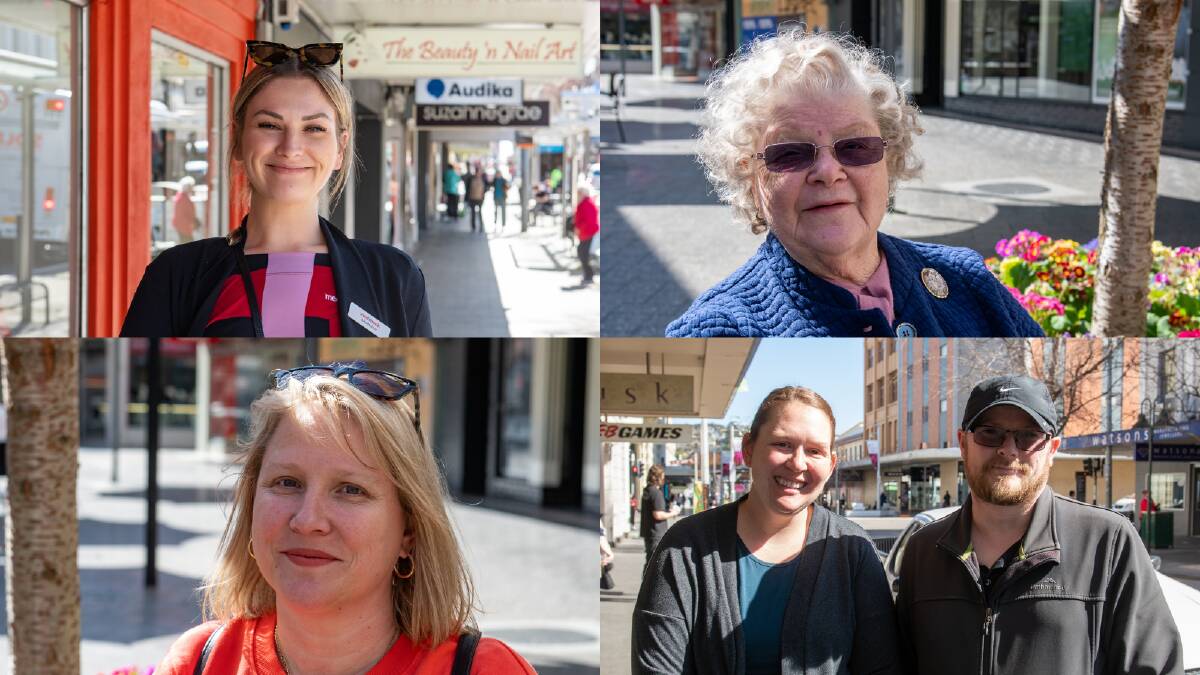
With the nationwide vaccination rate counting up towards 80 per cent, and the calendar counting down to when Tasmania is forecast to have reached the same goal, Tasmanians have had their say.
Subscribe now for unlimited access.
or signup to continue reading
Questions over the relevance of the national COVID plan appeared in Tasmania last week amid a country-wide discussion about individual state's capacities to cope with the forecast virus cases with restrictions easing.
Tasmanian Public Health Director Dr Mark Veitch on Friday said he "hoped" the state's vaccination rates would be closer to 90 per cent, while Premier Peter Gutwein on Sunday returned from a week off sick to reiterate his intention to follow the National Plan.
Mr Gutwein affirmed he would not "allow plane loads of people with COVID to simply fly into the state", but said "the national plan works to 70 to 80 per cent".
With that state's intentions made clear by Mr Gutwein, the feeling of groups implicated by the virus remained varied as to how their lives may be affected come mid-November and beyond when the National Plan rates are expected to be reached.
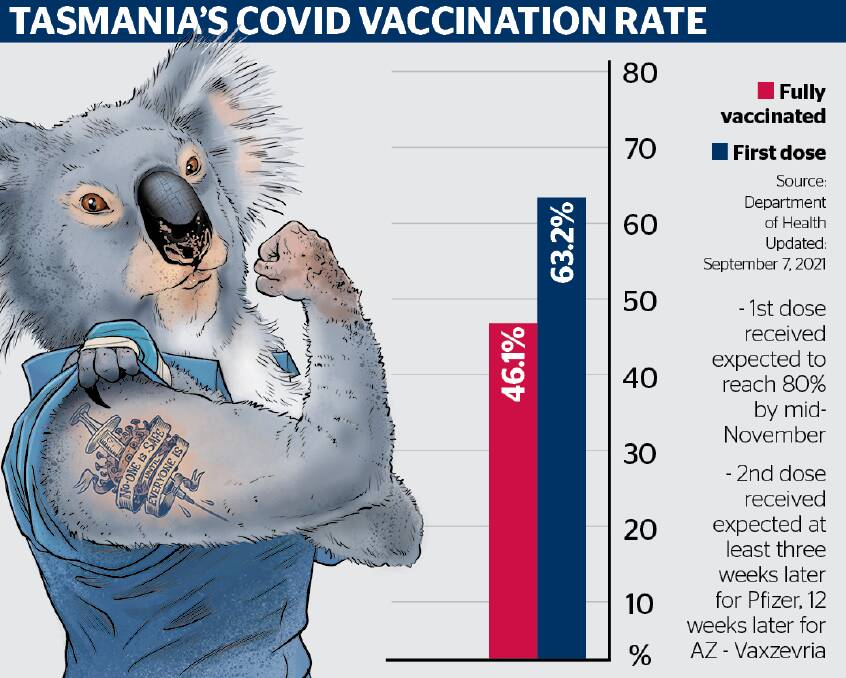
Public Health Association
PHA Australia Tasmania branch Secretary Dr Kim Jose retained faith in the extensive expertise of Dr Veitch.
"Dr Veitch has extensive experience in managing communicable disease outbreaks and has demonstrated his willingness to advise government to respond hard and quickly when needed," she said.
"The restrictions outlined in the [state's lockdown plan] have been developed based on the experiences in other states and the lockdown in the north-west in 2020."
The lockdown plan was unveiled to show how Tasmania would deal with an outbreak of the Delta strain.
Dr Jose said it showed the response to a potential outbreak was proactive and "should reassure the Tasmanian public".
While debate had emerged as the National Plan virtually pitting the economy against ethics, Dr Jose said the argument was "not relevant in practice" and pointed to evidence to say minimising cases of COVID by taking early and strong action in response to outbreaks was better for the economy than allowing the virus to fester freely in the community.
Dr Jose said the National Plan indicated COVID containment measures that have come to be known over the past 18 months would not be discounted if cases presented.
While Dr Jose remained confident Dr Veitch's guidance should instil confidence in the community, she said the highest possible vaccination rate would naturally translate to better protection from the virus.
"We have seen that the Delta strain is difficult to contain once it is in the community so aiming for as high a vaccination rate as possible across the population is a good strategy," she said.
"The preference to aim for a higher vaccination rate makes sense for Tasmania based on our population demographics and health system capacity. Being an older population and having relatively high rates of underlying chronic disease means our population may be more vulnerable to the impacts of COVID."
Council on the Ageing
COTA Tasmania chief executive Sue Leitch was abundantly aware of the impact COVID cases could have on the ageing and health compromised population in Tasmania.
Information from the Australian Bureau of Statistics showed Tasmania had the oldest mean population age at 42, a number that had increased by six over 20 years from 1999 to 2019.
The ABS also indicated Tasmania also had higher rates of chronic health conditions than other states.
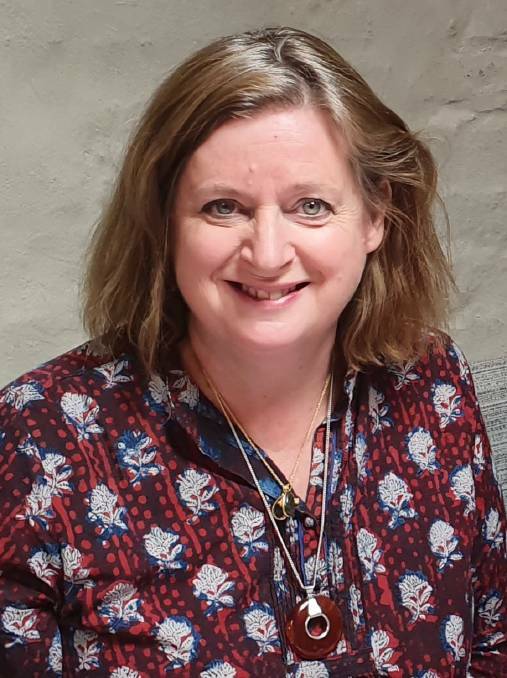
Ms Leitch said easing restrictions at 80 per cent as opposed to 90 per cent presented a two-sided coin to older people in Tasmania.
"From our perspective, the higher the rate of vaccination is better for lots of older people, but that being said there are other older people in Tasmania who want to be able see family and friends interstate," she said.
Ms Leitch said she expected the 80 per cent rate to remain steadfast, but because of that a number of concerns presented.
"We are keeping a close eye on the vaccination rates of people over the age of 70m" she said.
"There are still some areas to focus on, such as the disability sector, to ensure vaccination rates continue to rise.
"Community transmission is a really important consideration. If we have community transmission that will impact on vaccination delivery.
"And we are concerned about how we will deal with COVID infections alongside the normal health system impacts we are regularly seeing."
Ms Leitch said the health system impacts extended beyond hospitals and had resulted in it being difficult to get in to see a GP, something she expected would be exacerbated if COVID cases emerged in Tasmania.
Advocacy Tasmania
For Advocacy Tasmania chief executive Leanne Groombridge and the clients the organisation represented, the prospect of COVID to re-enter the state remained a pressing fear.
Ms Groombridge pointed to trauma existing from the state's North-West outbreak in March and April last year as making clients distressed.
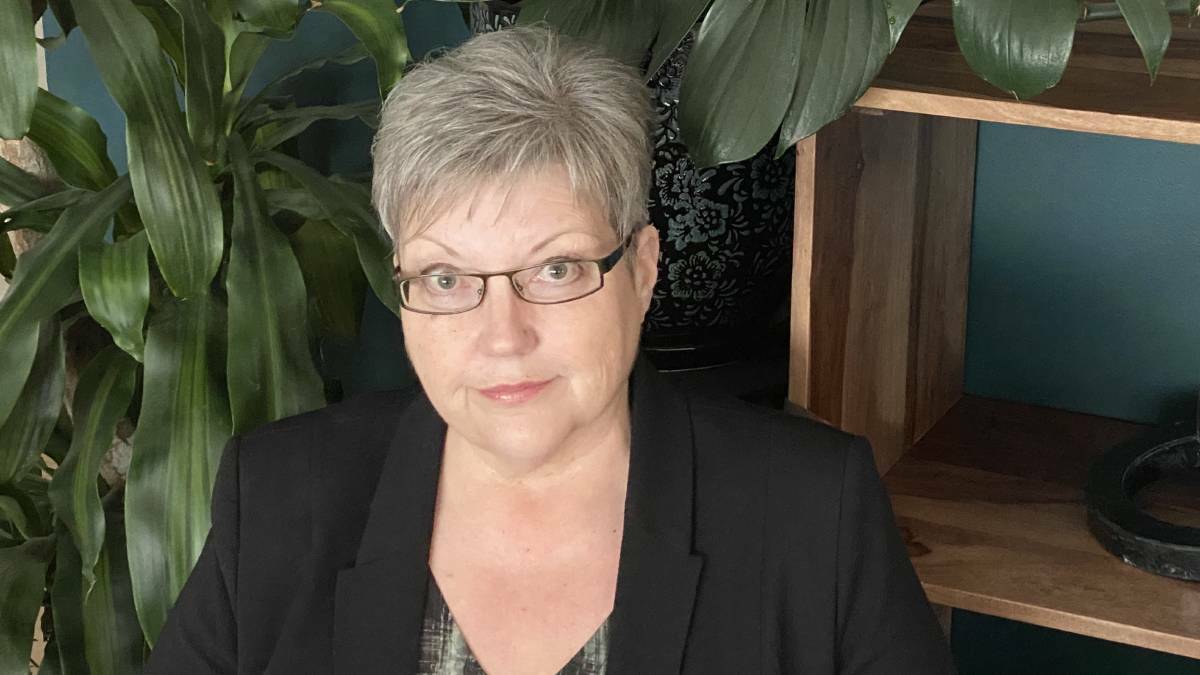
"Our older clients, and those living with disability, feel incredibly vulnerable and they're very worried about opening up further in any circumstances," she said.
"They know from first-hand experience that our hospitals and other medical supports are already under immense pressure and they fear that these will be overwhelmed. They also remember only too well how isolated and alone they felt when restrictions were in place."
Ms Groombridge said, from the perspective of Advocacy Tasmania's clients, there was no safe vaccination rate while the state's health system remained under stress.
Tasmanian Aboriginal Centre
TAC northern regional manager Lisa Coulson said there were concerns within the Tasmanian Aboriginal community regarding vaccine hesitancy combined with higher rates of chronic diseases.
Ms Coulson said the centre had been working hard to ensure vaccination rates within the community were high and continued to rise, but it was an ongoing discussion.

She said the Delta variant had raised concerns about how the community would cope should COVID enter back into Tasmania, and community habits could make it difficult to manage an outbreak.
"The concerns of COVID coming to Tasmania for the Aboriginal community are exacerbated because of the strong family and cultural connections," she said.
"There's also concern in the community and throughout Aboriginal health services with regard to chronic diseases. There is a lot of concern for those patients, if they were to have COVID the risk would be high."
People of Launceston
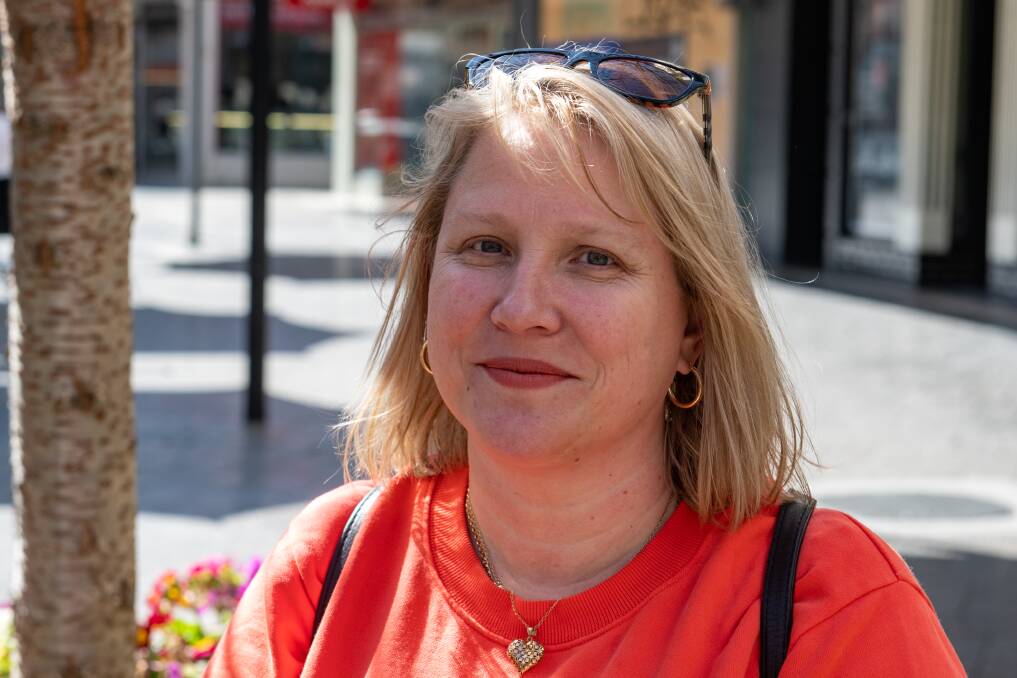
Fifty-three-year-old Launceston woman Birute Stankevicius said she was warming to the idea of a 90 per cent vaccination rate, as opposed to 80 per cent, but that the states needed to work together to find an inclusive solution.
She said it was a concern that comments from Dr Veitch implied Tasmania could see a couple of hundred cases of COVID a day when the National Plan had been realised, but conceded "at some stage we do need to live with COVID".

For 79-year-old former aged care worker Pamela Wicks, the way forward was seeing everyone that could get vaccinated to drive the rate up.
Ms Wicks said she had lived through the rollout of the polio vaccine, and said in comparison people were getting "complacent" about the seriousness of COVID.
"The level of vaccination depends on people doing the right thing at the right time," she said.
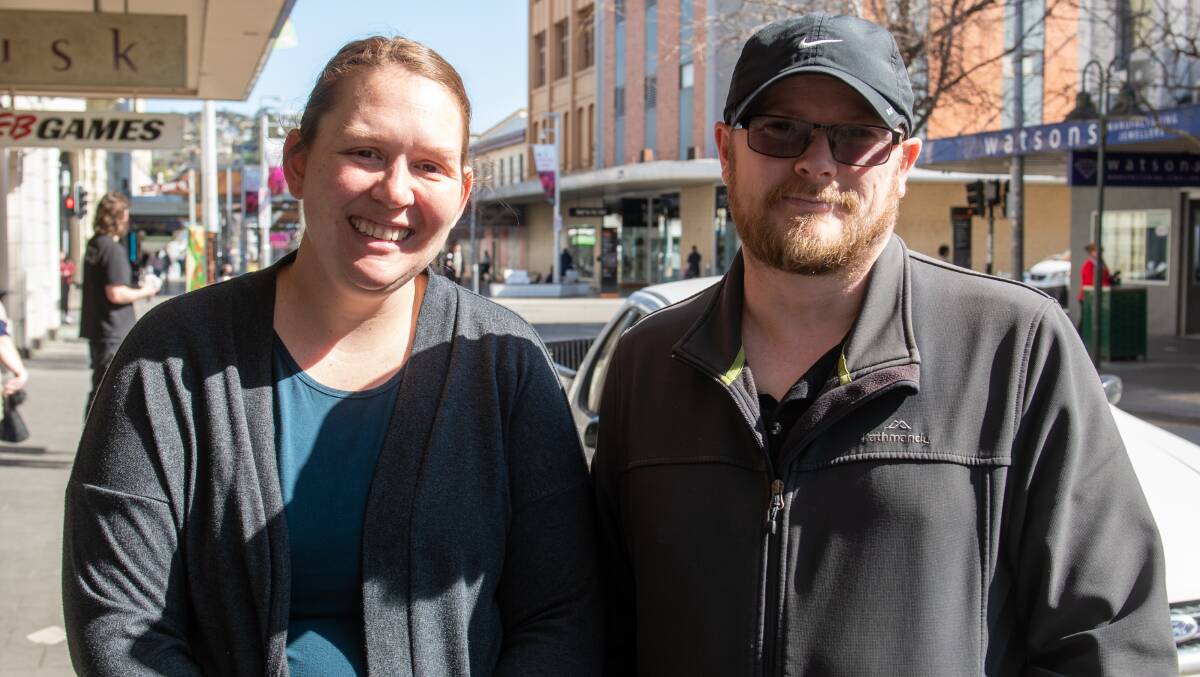
Leigh, 39, and Megan, 36, Pennington, both from Launceston, had three children aged between nine months and nine years.
They said they were concerned their children could be infected with COVID, but were ensuring they did their bit to keep safe.
Mrs Pennington said she was skeptical about how opening borders up at 80 per cent would go.
She said she was unsure whether the National Plan was relevant to Tasmania.
"[Eighty per cent] might be right, it might be not. We've been really fortunate here in Tasmania. We're really isolated from everyone else so I suppose opening those borders is a bit of a worry," she said.

Thirty-year-old Madeline Dickens, also from Launceston, was more open to the idea of freeing up travel once rates hit 80 per cent.
"I think [80 per cent] is high enough. We're going to have to live with [COVID] either way and 80 per cent is sooner than 90 per cent, so it sounds good to me," she said.
"Eighty per cent is a really high vaccination rate ... getting another 10 per cent? Big deal."
What do you think? Send us a letter to the editor:














